The importance of 3D configurators for customer experience in the luxury industry
The importance of 3D configurators for customer experience in the luxury industry Table of Contents In the luxury industry, where attention to detail, exclusivity, and
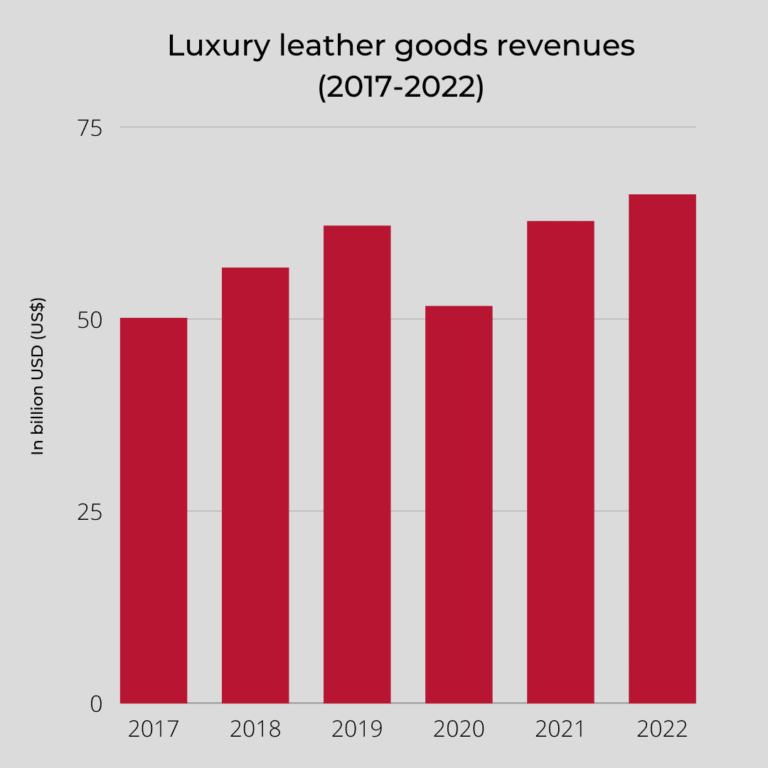
The luxury industry has just recently started to bounce back from the severe hits provided by the COVID-19 pandemic. To exemplify, luxury leather goods ricavi di vendita dropped by 16.37% between 2019 e 2020 [1].
On the other hand, during the same period, online shopping for luxury goods soared by 22.92%. However, businesses began to look for innovative and engaging ways to reinforce their relationship with clients [1].
3D product configurators represent one of these long-awaited solutions. The luxury industry is affected by the gap between what clients see online and what the product actually looks like. This can lead to dissatisfaction among customers.
More and more leather goods brands are using 3D product configurators to bridge the gap between customer expectations e reality.
3D visuals are able to give end consumers a bright idea of how the product looks like in real-life scenarios, reassuring them during the path to purchase.
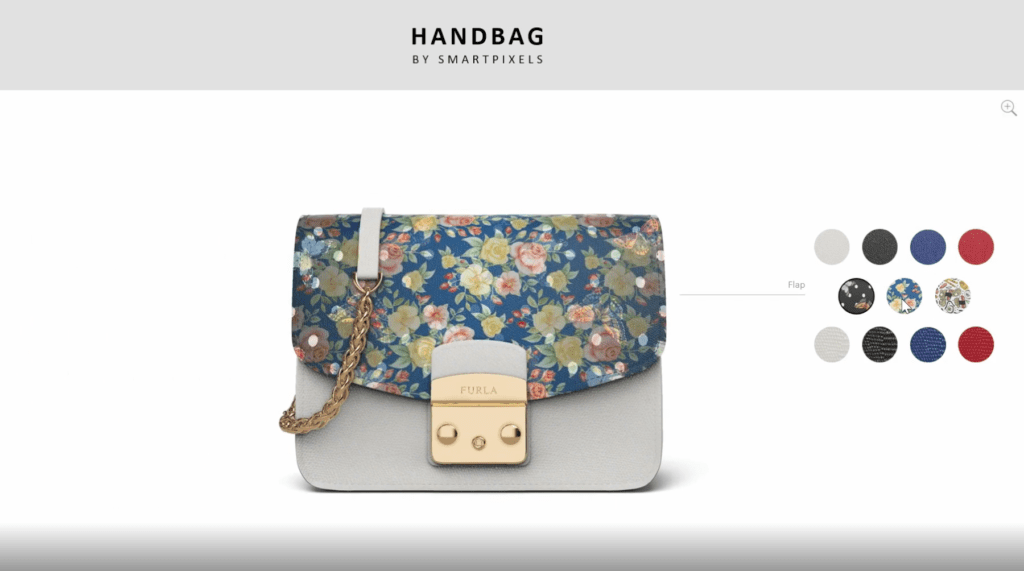
A 3D product configurator is a technology that enables to display items as of 3D renderings. Product visuals can then be easily customized nelle in tempo reale. By implementing an interactive configurator on your e-commerce, your website will show your buyers your online catalog in a 3D, hyperrealistic way.
Here there are some main characteristics of a product configurator:
• Visualization of products in a 360-degree mode.
• Complete product views from every angle and perspective.
• Interaction with items by rotating and zooming them in and out.
• Possibility of real-time personalization. The size, materials, and color can be easily customized.
Furthermore, an interactive 3D configurator, enables your customers to configure price changes instantaneously, according to their chosen variants. When buyers are pleased with the product’s combination, they can directly go to the check-out page.
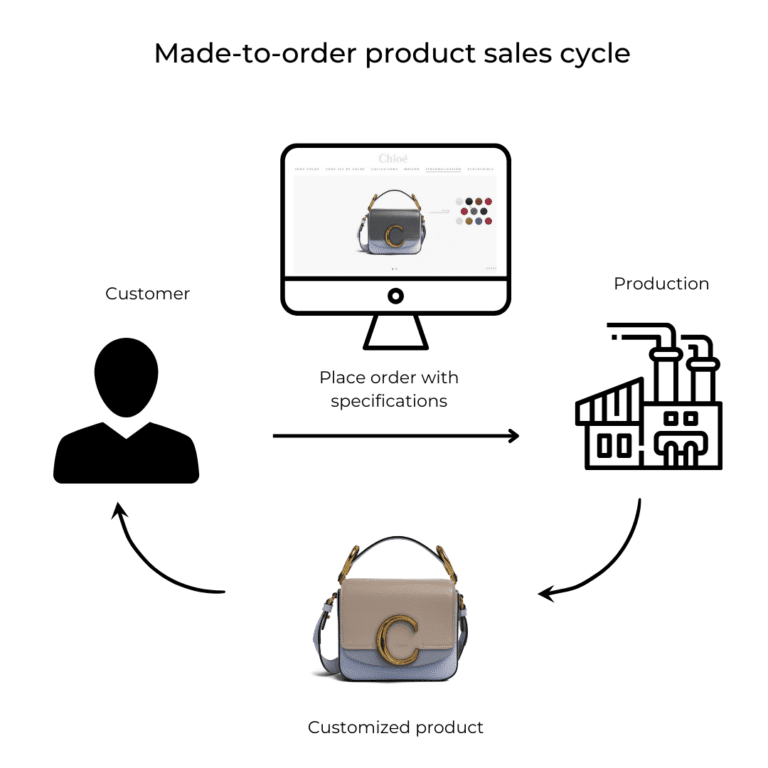
• Higher customer satisfaction and loyalty: clients strive for customization. According to McKinsey & Company, 48% of high-end shoppers are willing to wait longer for personalized products and services. Moreover, for the majority, personalization is a basic expectation. Therefore, addressing these fundamental needs will translate into increased loyalty and longer customer-brand relationships.
• Fewer returns: 3D configurators can easily replace traditional product photography. When users engage in customizing their goods, they feel like co-creators. Hence, it drastically diminishes the possibility that they won’t be satisfied with what they purchase.
• On-demand manufacturing: getting customers engaged with a 3D customization platform, which enables product configuration and visualization, allows them to create the product of their dreams. In this way, we support our clients with made-to-order. Made-to-order implies that the number of pieces produced corresponds exactly to the number of pieces purchased.
Therefore, waste is drastically minimized.
With our e-commerce product configurator, you can satisfy your customers’ desire for uniqueness while also lowering your environmental impact.
Looking for a real-time product personalization experience, Church’s relied on SmartPixels’ expertise. Our solution consists of a custom-made photo-realistic 3D configurator within their website. Using our interactive 3D configurator, Church’s realized approximately 50% of MTO sales during the lockdown due to the pandemic crisis. Moreover, thanks to the 3D product configurator, the average transaction value raised by 35%.
This luxury hand-made watch brand took its customer experience to the next level thanks to a real-time product configurator. Using online product configuration, users are able to personalize every detail, from each component to the watch’s size.
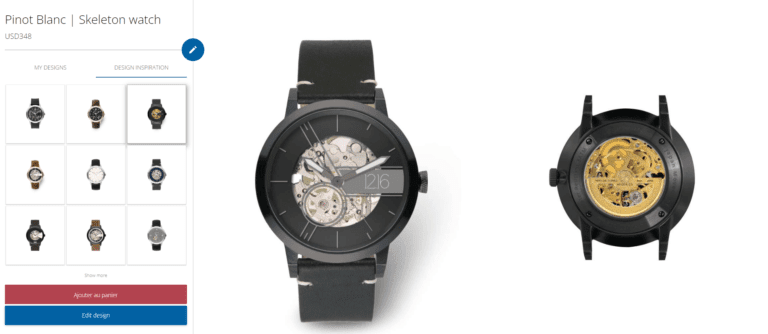
This footwear brand pioneers handcrafted custom shoes. Its mission is to make each of its customers feel unique by owning a pair of shoes that stands them out. Consequently, they added a 3D product configurator in the “Design yours” section of the website. The 360° 3D model is subjected to be highly customized by changing the color and material on each part of the shoe.
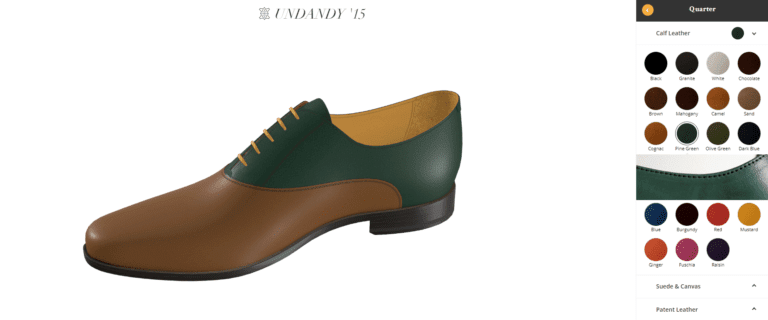
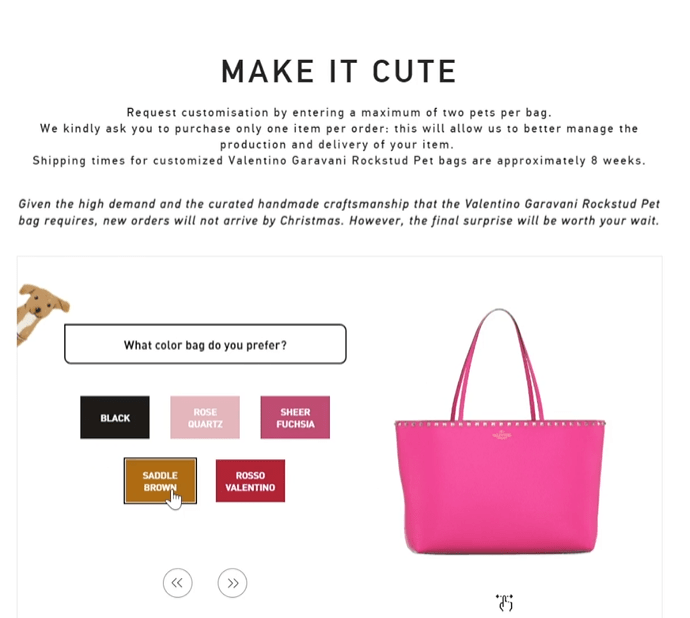
The Italian luxury brand Valentino was seeking a unique product customizer tool on its website. One of the most remarkable consequences of the 3D product configurator implementation was the upsurge in conversion rates. Furthermore, the e-commerce product configurator helped the brand to drive higher traffic to its website.
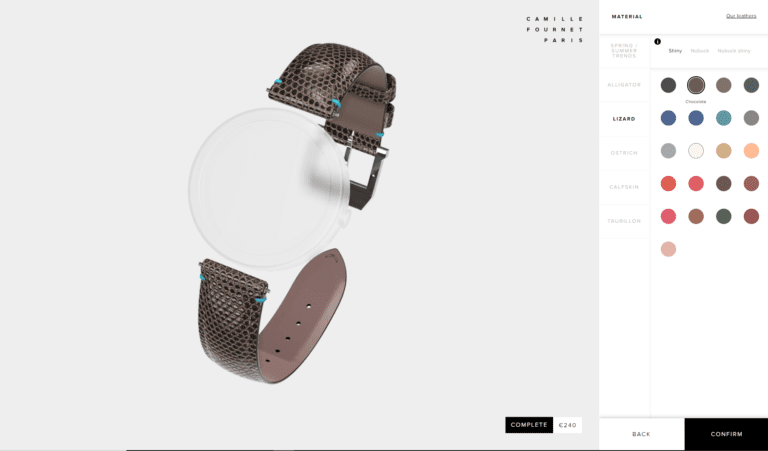
We realized, for the worldwide recognized brand in the field of leather goods, an interactive product configurator for their watch straps line. The company was looking for a solution that allowed users to easily visualize and customize 3D renderings of their items.
*Sources:
[1] https://www-statista-com.revproxy.escpeurope.eu/outlook/cmo/luxury-goods/luxury-leather-goods/worldwide#revenue
The importance of 3D configurators for customer experience in the luxury industry Table of Contents In the luxury industry, where attention to detail, exclusivity, and
3D rendering vs 2D: what are the benefits of one over the other? Table of Contents 3D rendering offers a significant leap in realism compared
How do 3D product configurators reduce e-commerce returns? Table of Contents Overview of e-commerce product returns % of people who claim to retunr their online
Omnichannel strategy: the keys to a successful experience Chloé Tokyo store with a personalization experience created by SmartPixels The global pandemic has forced brands around
How AR helps luxury brands to build immersive experiences What is Augmented Reality? Augmented Reality solution by SmartPixels Augmented Reality is a technology that enables
Deep-dive into glTF file format During recent years, the glTF file format has gained more and more prominence, due to its functionality and the wide variety